How to: Make an RC Car Faster
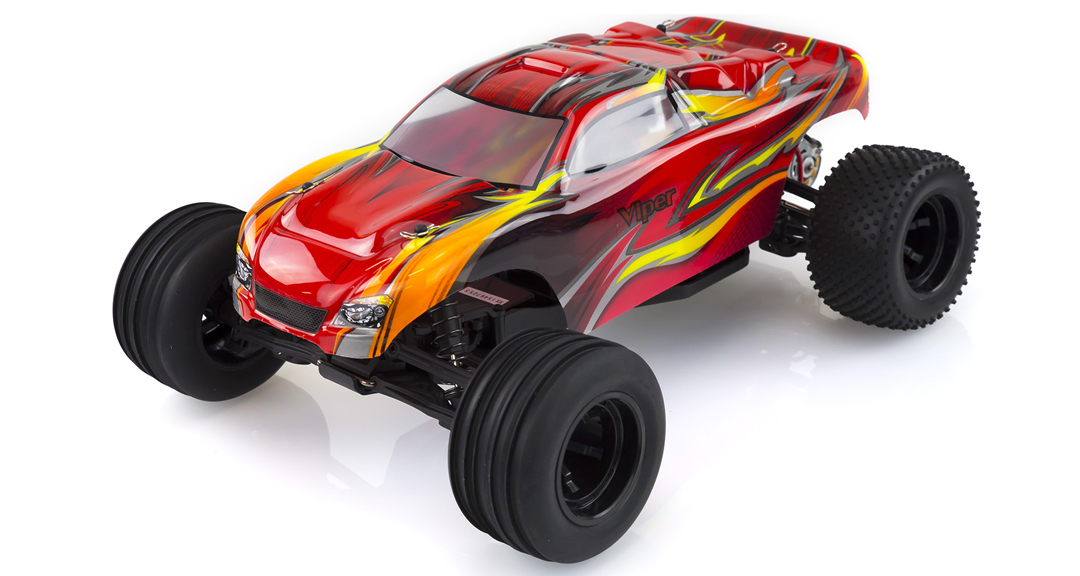
But that’s not you anymore – you’ve got to know your car, and now you want to unleash its full potential. Out of the box, the HSP Viper does 36km/h. Not bad, but we have the need for speed.
We could also go a couple of kays faster by changing the gearing. A bigger pinion (or smaller spur) will give us slightly more top speed at the expense of acceleration. The car will go faster, but it’s not actually any more powerful, so it’ll take longer to get to top speed. Dull.
We want a reliable, immediate and massive power increase to fuel our hunger for speed! So, in this build we will be upgrading to a LiPo battery and a new motor and ESC. I’m talking BRUSHLESS.
In this case, we are installing a Hobbywing Max10 60a 4000kv brushless combo. There are more expensive and more budget-friendly combos out there, but Hobbywing is renowned for their performance and quality, plus we’ve always had good experiences with Hobbywing electronics.
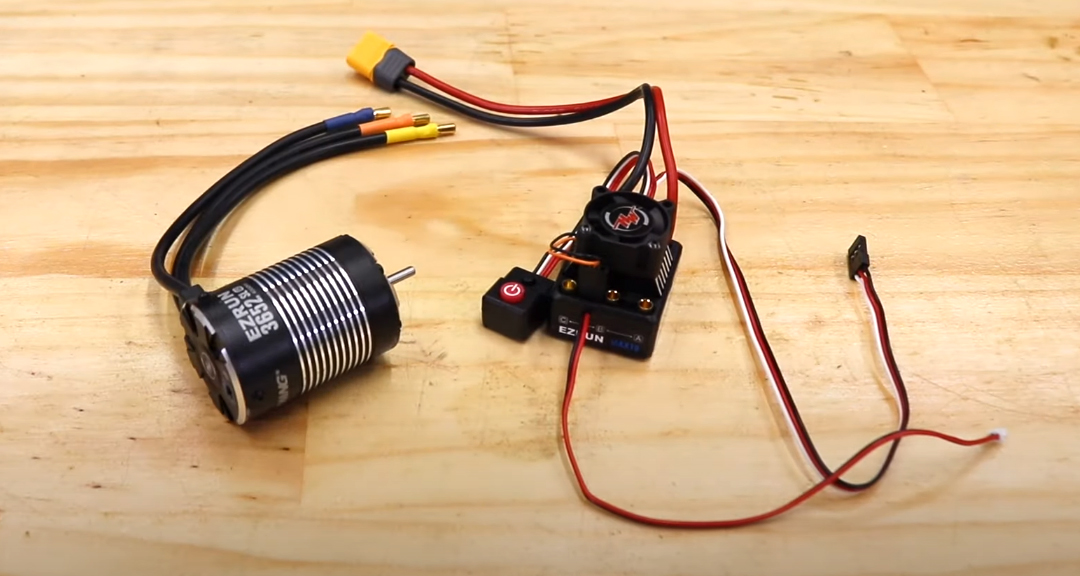
Why this one? What do all the numbers and specs mean? Check out our Glossary of RC Terms.
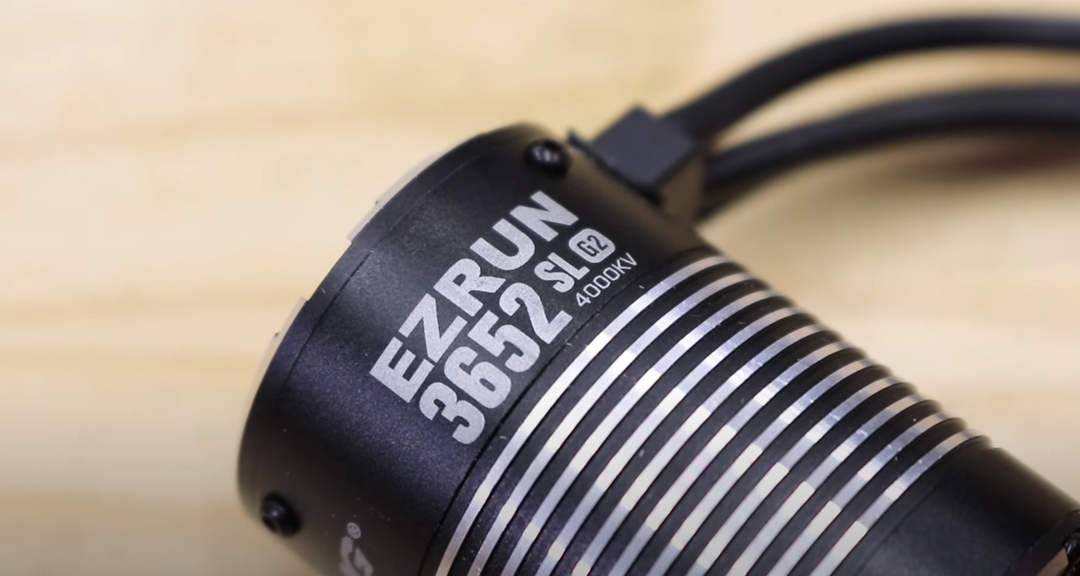
3652SL: This is the motor can dimensions. This means the motor is 36mm in diameter and 52mm long the "SL" stands for SensorLess.
The higher the kv rating the faster the motor, 5000kv is faster than 4000kv. However, lower kv motors have a higher torque output. 4000kv has more torque than the same sized 5000kv motor. Go too high on this value and the motor won’t have the torque to move the car unless it has very, very slow gearing, which kinda defeats our entire purpose here.
When selecting a motor, keep in mind the size & weight of your vehicle. Also, if it is 2wd or 4wd is an important factor, as is takes more torque to power four wheels. If you’re struggling to work out what size or Kv motor to get for your RC car, check to see if the manufacture has the same model in a brushless already, as you can use the motor they install as a baseline. For example, the viper we’re upgrading today also comes in a brushless version called the Viper BL. This truck has a 3652SL 3300kv motor and a 60A ESC. So this tells me that the Hobbywing combo we’re installing will be faster but have less torque.
It’s also worth mentioning that not all motor shafts are the same. There are two common sizes: 3.17mm (which is 1/8” of an inch) and 5mm. Check which one you need before selecting a combo as you need to make sure your pinion gear will fit onto your new motor.
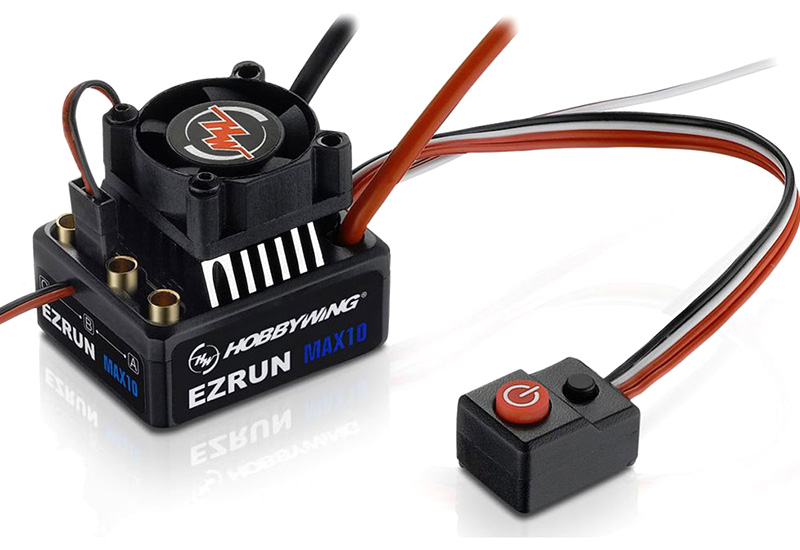
How many amps your ESC needs to be can vary quite a bit, but more is nearly always better. The amp rating (in this case 60) generally represent the sustained current the ESC can handle. Faster motors draw more power, especially at initial launch acceleration, so this 60A ESC with a burst current of 360A will do nicely.
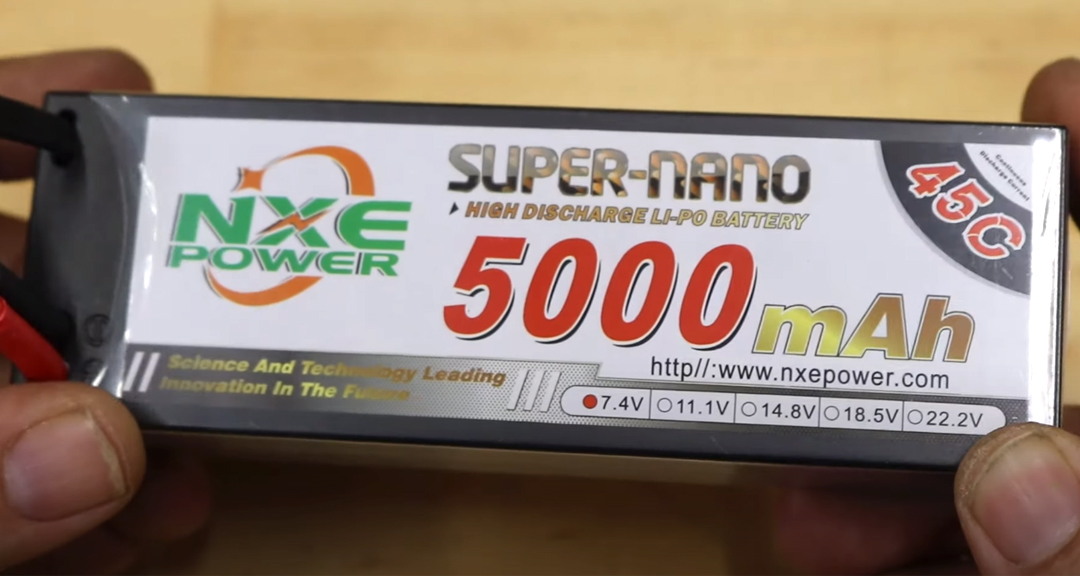
What do all these things on the battery mean? Well quickly:
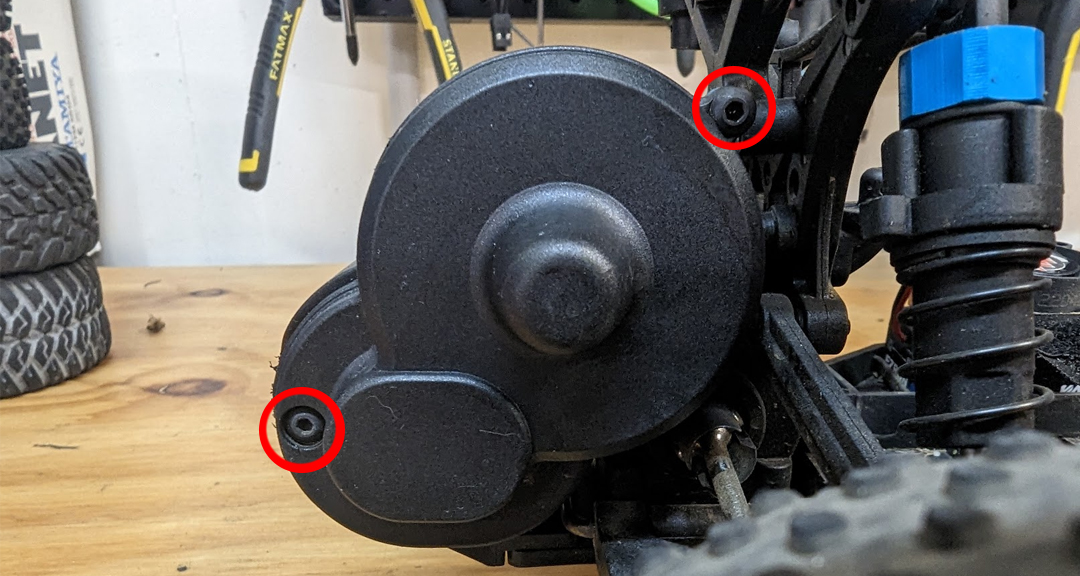
And unbolting the motor…2 screws.
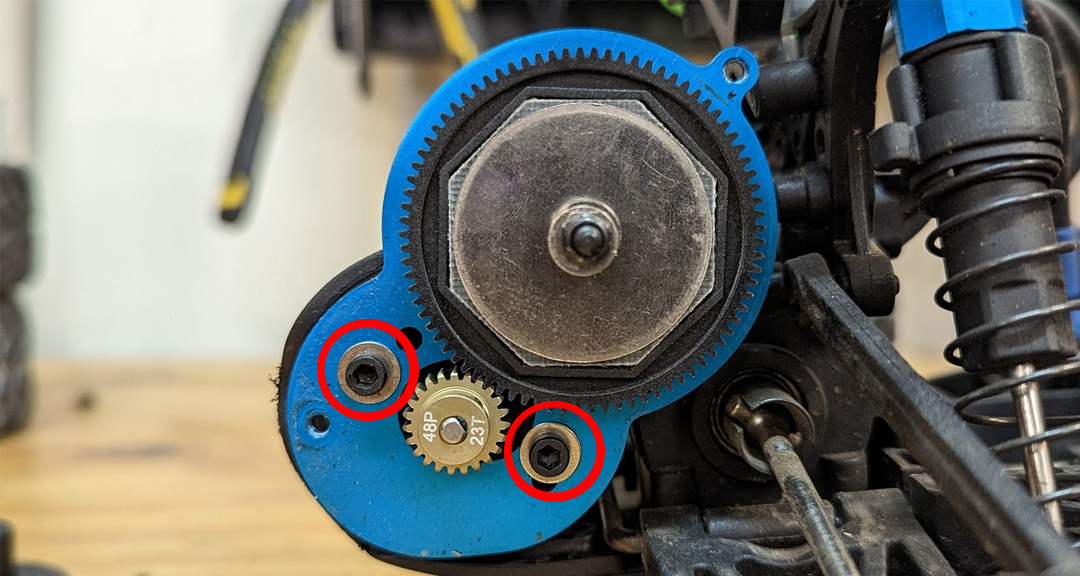
You may have to take off the pinion gear to get the motor off the mount, but that’s okay, we need to transplant it onto the new brushless motor anyway.
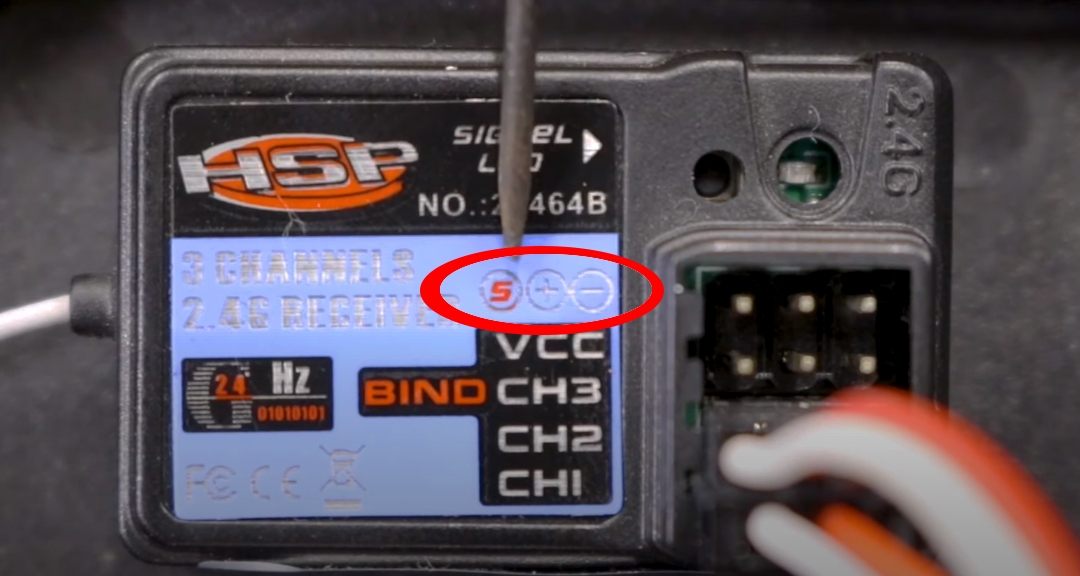
Double check all your connections, settings, and screws.
So, put your car up on a box or something to get the wheels off the ground, otherwise your runaway test may become a runaway for real.
Usually, the remote should be the first thing turned on, then the car. When turning off, it’s switch the car off first, then the remote.
But, we’re testing the fail safe here, by simulating signal loss. We do this by turning off the remote before turning the car off.

